One could argue that the fields of quantum information science and complex network theory (a.k.a. complexity science) both address complexity, yet from opposite perspectives. Indeed, the former makes use of a complex system as a computational resource whereas the later generally studies (and often using computer simulations) the scaling, collective behavior and emergent properties of complex system(s).
Accordingly, how the term complexity arises in these two fields is not always interchangeable. So called, computational complexity in quantum information science considers quantifying computational resources whereas complexity science investigates how relationships between parts give rise to collective behaviors of the whole.
And then after closer inspection, these two fields indeed also share some intriguing similarities. By correctly studying information as an entity fundamentally governed by the laws of physics, our development of an emerging common language is already binding certain ideas and mapping some techniques between these a priori distinct fields. What's more, the ubiquitous use of various network and graph theories inside of both disciplines, has allowed us to create a stage for an abstracted comparison of networked systems, recovering both fields as special cases of more general mathematical entities.
And even with these similarities, and other bridges still being built, there seems to be an even vaster host of differences. Pinpointing these similarities and reconciling these differences in increasingly precise terms broadly defines our research initiative aimed at a new theory, uniting the disciplines of quantum information science with the theory of complex and networked systems.
